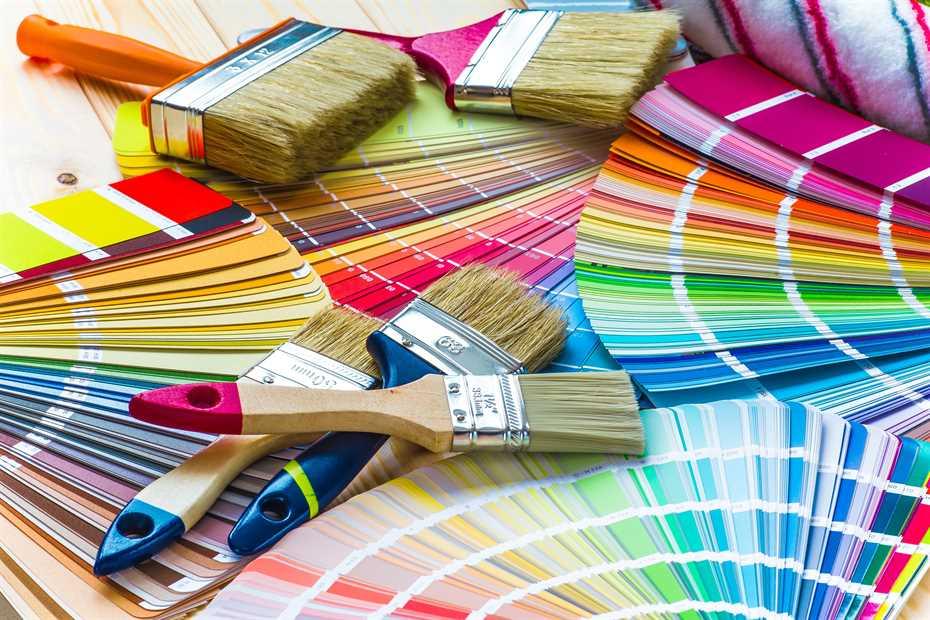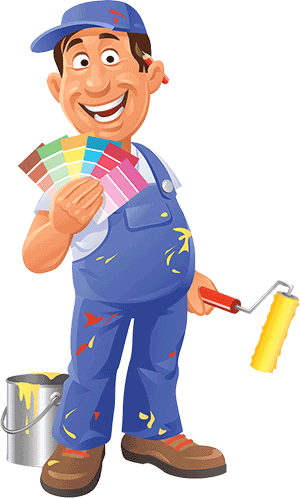Welcome back to the second and final part of our series on colour psychology and your home. Last time, we looked at how bright and cool colours can affect everything from your appetite to your stress levels, and how we can use nostalgia to make your living spaces more welcoming. Today, we’ll dive into how individual colours might affect your mood, and how to employ them in your home.
Green is a great colour to use in a home office; this is because green is shown to improve concentration. The reason for this seems to be the link between the colour green and nature, which provides a calming, but not tiring, effect on the brain.
Your workout room should be a combination of warm and cool colours; the warm colours are there for stimulation and motivation, but an all-red room will actually leave you feeling too hot, and may lead to your workout ending early. A combination of blues and yellows, with green to increase concentration, can really help extend your workout.
Yellow is a great colour to use for an entryway; yellow increases optimism, and it can be reassuring to leave or enter your home with a bright burst of sunshine. It can be used to equally good effect on your door or porch; when the first or last thing you see is yellow, you’re sure to be inspired.
Purple is my favorite colour, but it should be used sparingly in interior painting; purple is rarely found in nature, and when it is, it’s usually poisonous. When using purple, have more natural colours like subtle yellows and greens in the room; this makes the purple pop while still maintaining a found-in-nature colour palette.
Brown can be a wonderful colour in a living room or den, especially one adorned with a lot of wood or leather. This colour can be incorporated in a sophisticated looking colour palette, but beware of overuse, which can look drab.
Pink is a great colour for relaxation; if there’s a room you would like to use for meditation, yoga, or other mindfulness cultivating activities, pink can bring you to a state of serenity. This colour is important not to overuse in your home, though, as too much can leave you feeling sleepy.
Bathroom fixtures should remain white; white is associated with purity and cleanliness, which is perfect for the purposes of the room. More importantly, the psychological and physiological detriment of having a dirty space means it’s important to be able to clean your fixtures easily, and mess shows up less clearly on any non-white colours.
Nature has the best colour palette; if you’re feeling uninspired, going out into nature can give you a great idea of how to use different colours in your home. Painting contractors are experts in choosing a great colour palette. There are a few painting companies in Winnipeg; reach out to Madani Group for an expert consultation on how to choose great colours for your home.
Green is a great colour to use in a home office; this is because green is shown to improve concentration. The reason for this seems to be the link between the colour green and nature, which provides a calming, but not tiring, effect on the brain.
Your workout room should be a combination of warm and cool colours; the warm colours are there for stimulation and motivation, but an all-red room will actually leave you feeling too hot, and may lead to your workout ending early. A combination of blues and yellows, with green to increase concentration, can really help extend your workout.
Yellow is a great colour to use for an entryway; yellow increases optimism, and it can be reassuring to leave or enter your home with a bright burst of sunshine. It can be used to equally good effect on your door or porch; when the first or last thing you see is yellow, you’re sure to be inspired.
Purple is my favorite colour, but it should be used sparingly in interior painting; purple is rarely found in nature, and when it is, it’s usually poisonous. When using purple, have more natural colours like subtle yellows and greens in the room; this makes the purple pop while still maintaining a found-in-nature colour palette.
Brown can be a wonderful colour in a living room or den, especially one adorned with a lot of wood or leather. This colour can be incorporated in a sophisticated looking colour palette, but beware of overuse, which can look drab.
Pink is a great colour for relaxation; if there’s a room you would like to use for meditation, yoga, or other mindfulness cultivating activities, pink can bring you to a state of serenity. This colour is important not to overuse in your home, though, as too much can leave you feeling sleepy.
Bathroom fixtures should remain white; white is associated with purity and cleanliness, which is perfect for the purposes of the room. More importantly, the psychological and physiological detriment of having a dirty space means it’s important to be able to clean your fixtures easily, and mess shows up less clearly on any non-white colours.
Nature has the best colour palette; if you’re feeling uninspired, going out into nature can give you a great idea of how to use different colours in your home. Painting contractors are experts in choosing a great colour palette. There are a few painting companies in Winnipeg; reach out to Madani Group for an expert consultation on how to choose great colours for your home.



